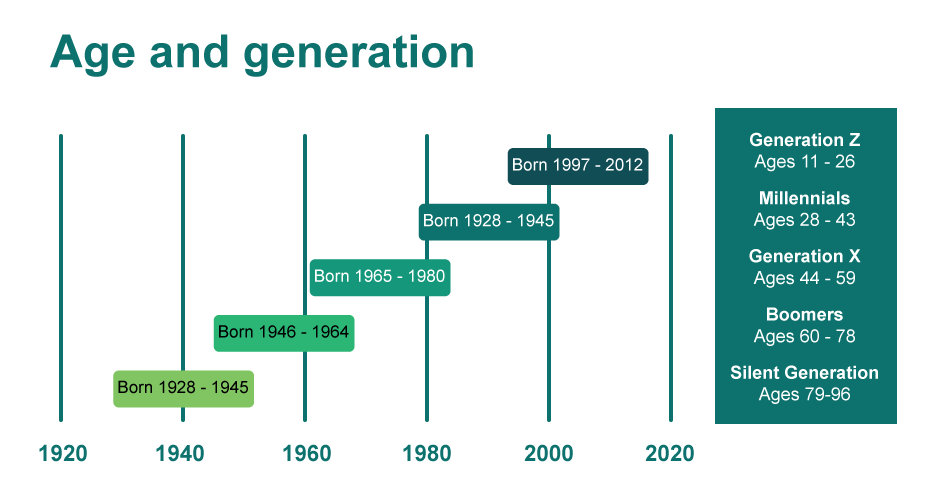Cultural identity
Cultural identity is about understanding who we are, why we are the way we are and what we believe in.

Image by Barabasa, Shutterstock, Shutterstock licence
When we have a strong sense of cultural identity, we are more likely to feel confident about ourselves and feel a sense of belonging. This can help us work positively with others.
Cultural identify can be influenced by many factors. Australia is home to people from many races and ethnicities. People are influenced by their experiences, and follow different beliefs and have different styles of living. These ideas form the basis of a diverse community.
 Select to learn more
Select to learn more
Select the items on the image to reveal more information.
Image by Rawpixel, Shutterstock, Shutterstock licence
 Reflect
Reflect
Kirra works with a close team in a service providing support for people with a disability to participate in community sporting activities. The service operates in an area known for its cultural and religious diversity. Kirra knows that each of her clients is unique, even though many belong to the same religious or cultural group. Each client has individual experiences that have shaped their cultural identity.
Suggest how each of the following circumstances may have shaped Kirra’s clients’ cultural identity:
- Political asylum
- Family structures
- Socioeconomic status
- Life experiences
Record your thoughts in your digital device or notebook.
Age and generation
Research shows that each generation approaches life and work in a different way. Their unique attitudes, ambitions and world views shape what they believe in and are influenced by the social and historical events that they have lived through.

Image by Aspire Learning Resources, 2024
 Watch the video
Watch the video
Watch ‘Generation Z: In their own words’.
Do you belong to this group or do you know someone born during this period? Do they have the same interests as described in the video?
Gender identity, relationships and sexual orientation
Gender refers to the gender-related identity, appearance, mannerisms or characteristics of a person that define who they are. This includes the way people express or present their gender. A person’s gender identity may be an identity other than male or female. Their identity does not come from the sex a person was assigned at birth; their identity is formed by how they perceive themselves.
People with various gender characteristics or sexual orientations can identify as:
- heterosexual (people attracted to those of the opposite sex)
- homosexual (people attracted to those of the same sex)
- bisexual (people attracted to both males and females)
- gender neutral (people who do not connect to being either male or female).
Terms commonly used to describe a person’s sexual orientation include gay, lesbian, homosexual, bisexual, pansexual, straight and heterosexual.
Terms commonly used to describe a person’s gender identity include trans, transgender, gender diverse, gender queer and gender neutral.
Another term is to understand when talking about sex and gender identity is intersex. Intersex status refers to people who have physical, hormonal or genetic features that are:
- neither wholly female nor wholly male
- a combination of female and male
- neither female nor male.
People who are intersex have a range of gender identities, just the same as everyone else. They may consider their gender to be intersex, or male, female, nonbinary or a different gender.
Diversity
When something is diverse, it is different in many ways. Diversity refers to a wide range of different characteristics, including culture, gender, sexual orientation and ethnic background.
Even if all the people where you live or work belong to the same religion or race as you, they will have different values and beliefs. These differences occur because people have been raised by different parents and have different life experiences.
There are many different terms you may hear when discussing culture and cultural diversity.
 Select to learn more
Select to learn more
Select each bar to expand and reveal further information about these terms.
 Check your understanding
Check your understanding
Respond to the question below and select ‘Check’ to see if you are correct.
Background Colour
Font Face
Font Kerning
Font Size
Image Visibility
Letter Spacing
Line Height
Link Highlight
Text Colour